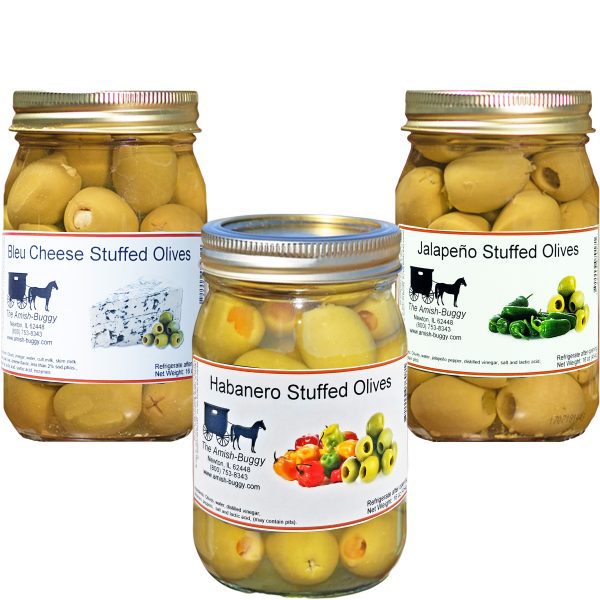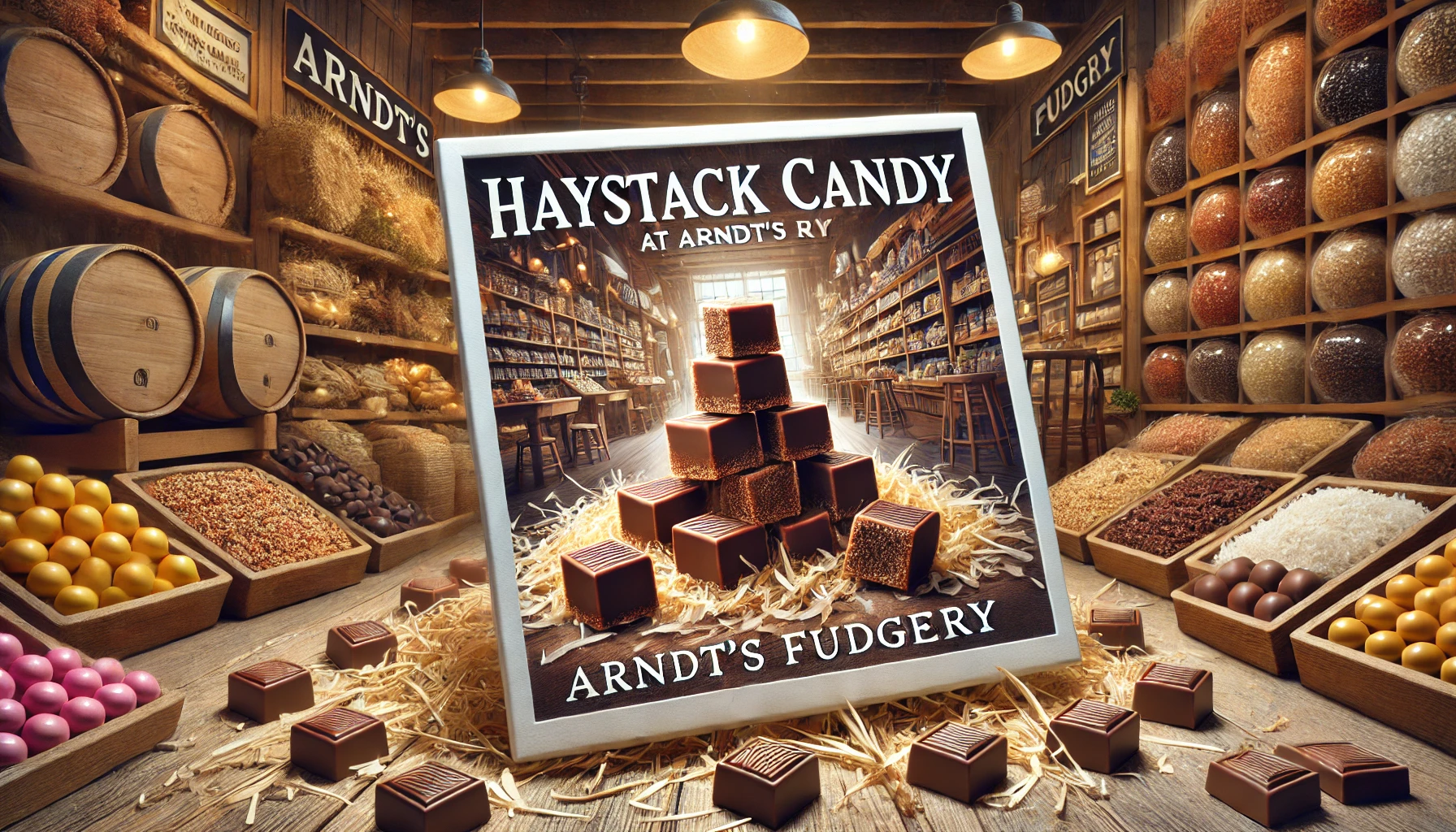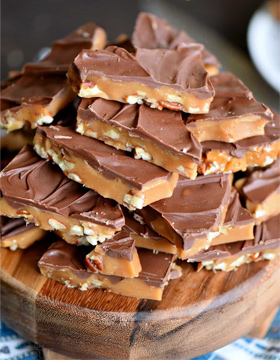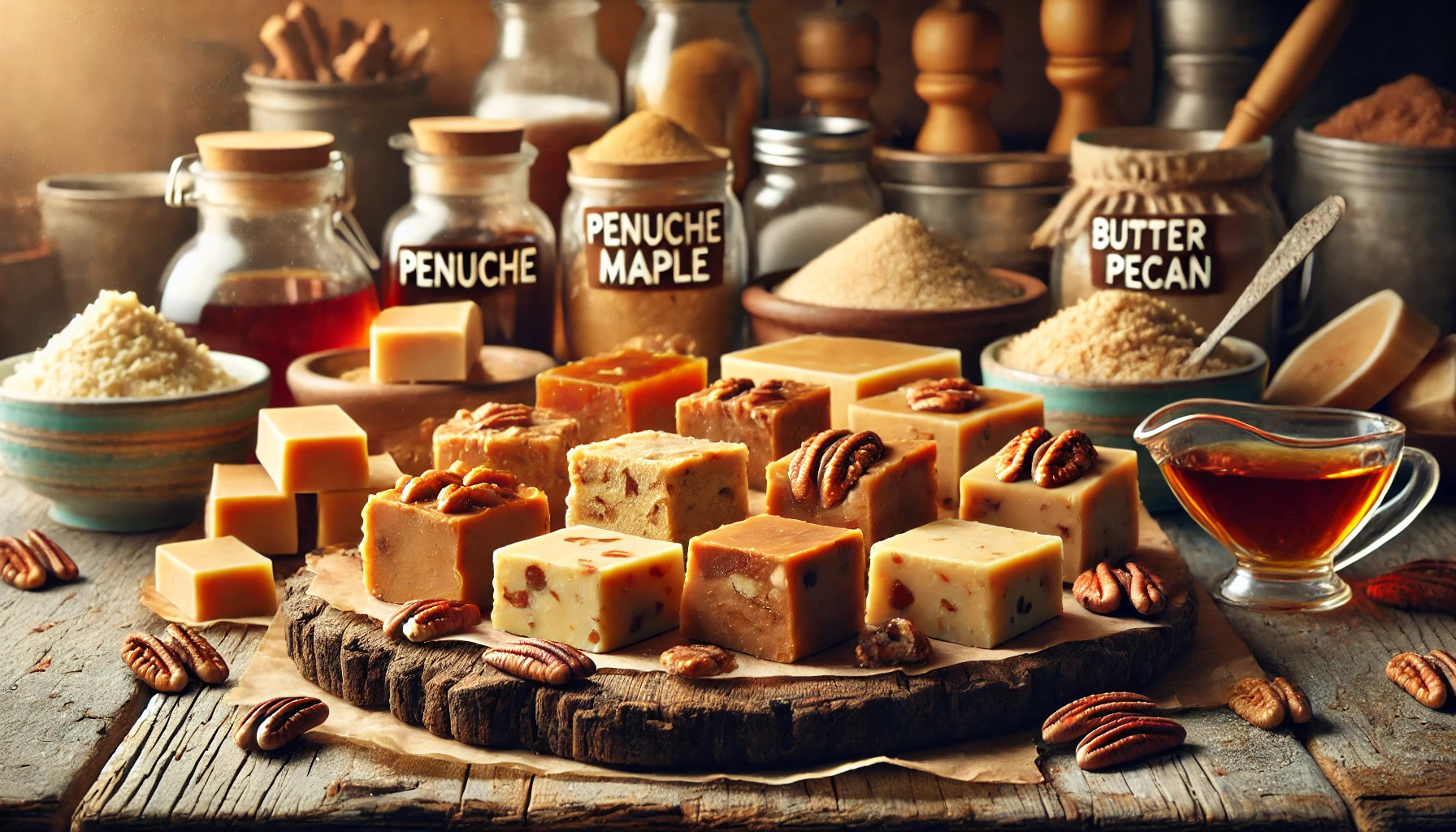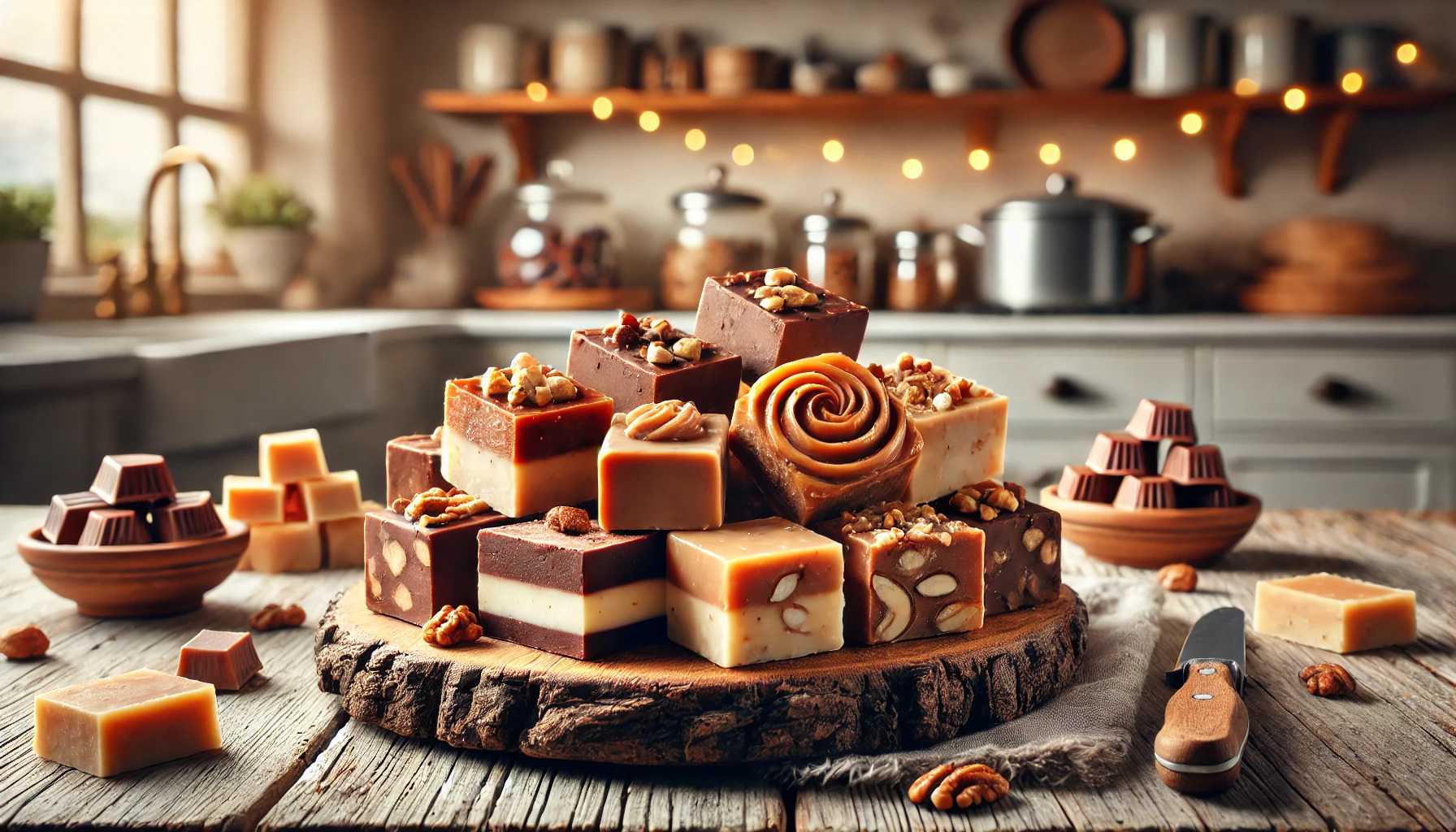
Latest Blogs
If you’re someone who craves a candy that isn’t too sweet yet packs a punch of unique flavors, you’ve probably encountered licorice twists. Whether you’re snacking on a classic red licorice twist or indulging in the more traditional black variety, these chewy treats have been a beloved staple for generations. But have you ever wondered what makes licorice twists so special? Or why they stand out from the sea of other candy options? It’s time to dive into the sweet and tangy secrets behind these delightful confections.
What Exactly is Licorice?
Before we get into the nitty-gritty of licorice twists, it’s important to clarify what licorice really is. Many people associate the word “licorice” with the black, somewhat bitter candy that’s often polarizing in taste. However, true licorice comes from the root of the licorice plant (Glycyrrhiza glabra), which has been used for centuries in traditional medicine for its various health benefits. Licorice extract is what gives black licorice its distinctive flavor, while red licorice twists don’t usually contain licorice extract at all. Instead, they’re flavored with other ingredients like strawberry or cherry. So, while both red and black licorice twists are lumped together, they’re actually quite different in terms of ingredients and taste profiles.
The History of Licorice Twists
Licorice has a rich history that dates back thousands of years. Ancient Egyptians and Greeks used licorice root for its medicinal properties, particularly for digestive issues and respiratory conditions. However, it wasn’t until the 18th century that licorice began to be used in candy form, primarily in Europe. The first licorice candies were more medicinal than sweet, but over time, confectioners added sugar and other ingredients to create the licorice twists we know and love today. Arndt’s Fudgery, for instance, offers a modern take on this classic candy with their own unique flavor twists, maintaining a nod to tradition while catering to modern palates.

The Making of Licorice Twists
Have you ever stopped to think about how licorice twists are made? It all starts with a base dough that’s a combination of flour, sugar, and various flavorings. For black licorice, you’ll find licorice extract, while red licorice is often flavored with fruit extracts. This mixture is then kneaded, rolled, and twisted into the chewy ropes that we recognize as licorice twists. To achieve the perfect texture, licorice dough is boiled and then dried, allowing it to become soft yet firm enough to hold its iconic twist shape. The whole process requires a careful balance of cooking times and temperatures, ensuring that the candy is both delicious and easy to chew.
The Unique Flavors of Licorice
One of the things that makes licorice candy so interesting is its flavor. Black licorice has a bold, earthy flavor that comes from the licorice root. Some people love it for its herbal, slightly bitter taste, while others find it an acquired taste. It also has hints of anise, which is similar to the taste of fennel or black jelly beans. Red licorice, on the other hand, has a sweeter, fruitier flavor that appeals to a wider audience. Although it’s often called licorice, it doesn’t contain licorice root at all. Instead, its taste is derived from fruit flavorings, like cherry, strawberry, or even raspberry, making it more palatable for those who shy away from the intense flavor of black licorice.
What Are the Benefits of Eating Licorice Candy?
Surprisingly, licorice candy isn’t just about satisfying your sweet tooth; it may also offer some health benefits, particularly if you’re a fan of black licorice.
Digestive Aid: Licorice root has long been used as a natural remedy for digestive issues, such as heartburn and indigestion. Some people turn to black licorice candy to help soothe an upset stomach.
Anti-inflammatory Properties: The glycyrrhizin found in licorice root has anti- inflammatory properties, which may help in treating certain inflammatory conditions, though this is usually in the context of medicinal use rather than candy consumption.
Boosts the Immune System: Licorice root contains antioxidants that can help protect your body from oxidative stress and may even bolster your immune system over time.
Soothes Sore Throats: Licorice root has traditionally been used to soothe sore throats and ease coughing. While candy may not be as effective as medicinal lozenges, black licorice could offer mild relief. However, it’s important to note that too much black licorice, particularly candies containing glycyrrhizin, can lead to health problems such as high blood pressure or low potassium levels if consumed in large amounts over an extended period.
Is Licorice the Healthiest Candy?
While licorice, especially black licorice, has some medicinal benefits, is it really the healthiest candy option? That depends on your perspective.
Low in Fat: Licorice twists, both red and black, are generally low in fat, making them a better option than chocolates or caramels if you’re watching your fat intake.
Moderate Sugar Levels: Most licorice candies contain moderate amounts of sugar, though they still aren’t low-sugar treats. However, compared to some ultra-sugary candies like gummy bears or cotton candy, they do offer a more moderate level of sweetness.
No Cholesterol: Like most candies, licorice twists contain no cholesterol, which makes them a safer choice for those looking to maintain heart health.
Potential Health Risks: It’s worth mentioning again that overindulgence in black licorice, especially in large quantities, can pose health risks. The FDA even warns that consuming too much black licorice can lead to serious health complications in people over
So, while it has health benefits, moderation is key.
Why Do Some People Dislike Black Licorice?
Black licorice seems to be one of those polarizing candies—either you love it, or you can’t stand it. But why is that? Much of it has to do with the taste receptors in our mouths. Black licorice contains anethole, a compound also found in anise and fennel, which some people’s taste buds are particularly sensitive to. This sensitivity can make the licorice taste too strong or unpleasant for certain individuals. On the flip side, those who love black licorice often describe its taste as complex, nostalgic, and comforting. If you grew up eating it, you’re probably more likely to have developed a taste for its bold, herbal flavor.
Arndt’s Fudgery and Licorice
At Arndt’s Fudgery, licorice twists aren’t just another candy—they’re an experience. The shop offers an array of both traditional black licorice and modern fruity varieties, ensuring there’s a twist for everyone. Their attention to quality ingredients and the art of candy-making is what sets their licorice apart from mass-produced brands. You can truly taste the care that goes into each batch, whether you’re indulging in a classic licorice twist or trying out a new flavor fusion.
Conclusion
Licorice twists are a candy with a long history and a flavor that divides opinions. Whether you love the bold taste of black licorice or prefer the sweet tang of red twists, there’s no denying that licorice holds a special place in the world of confectionery. Beyond its taste, licorice also offers surprising health benefits, especially if you lean towards the more traditional black variety. Just remember, moderation is key, especially with black licorice due to its potent compounds. So next time you’re craving something a little different, reach for a licorice twist and savor not only its flavor but the centuries of tradition behind this iconic candy.
Check out our Facebook!
FAQs
1. What’s the difference between red and black licorice?
Red licorice is typically fruit-flavored and doesn’t contain licorice root, while black licorice gets its flavor from the licorice plant extract.
2. Is black licorice good for your health?
In moderation, black licorice may offer some health benefits, such as aiding digestion and boosting the immune system. However, consuming too much can be harmful.
3. Can I eat too much licorice?
Yes, especially black licorice. Eating large amounts of black licorice can lead to health issues like high blood pressure or low potassium.
4. Does red licorice have any health benefits?
Red licorice doesn’t offer the same health benefits as black licorice since it doesn’t contain licorice root. It’s mostly a sweet treat rather than a medicinal one.
5. Why do some people dislike black licorice?
The strong, earthy flavor of black licorice, caused by the compound anethole, can be too intense for some people’s taste buds.

